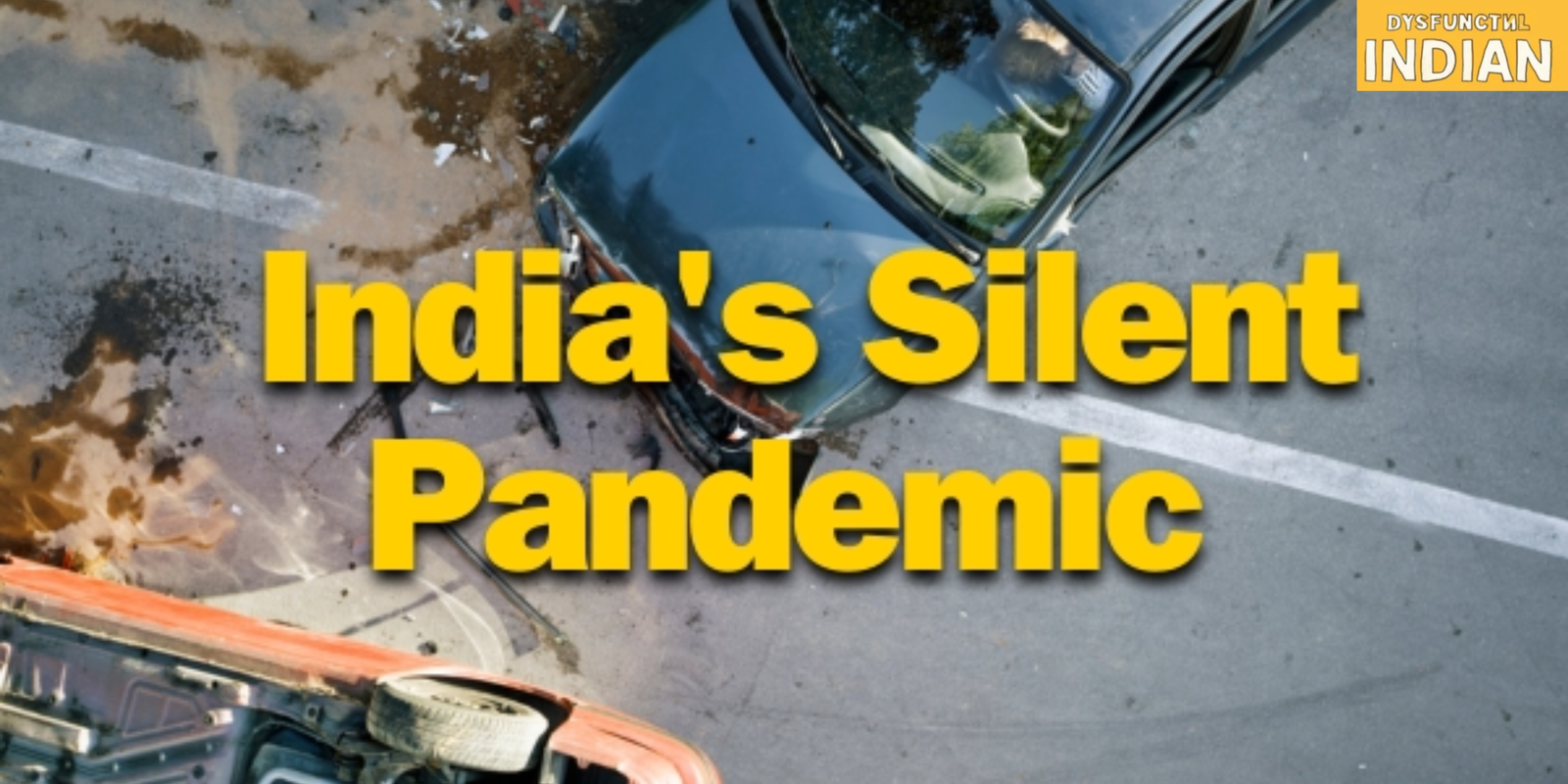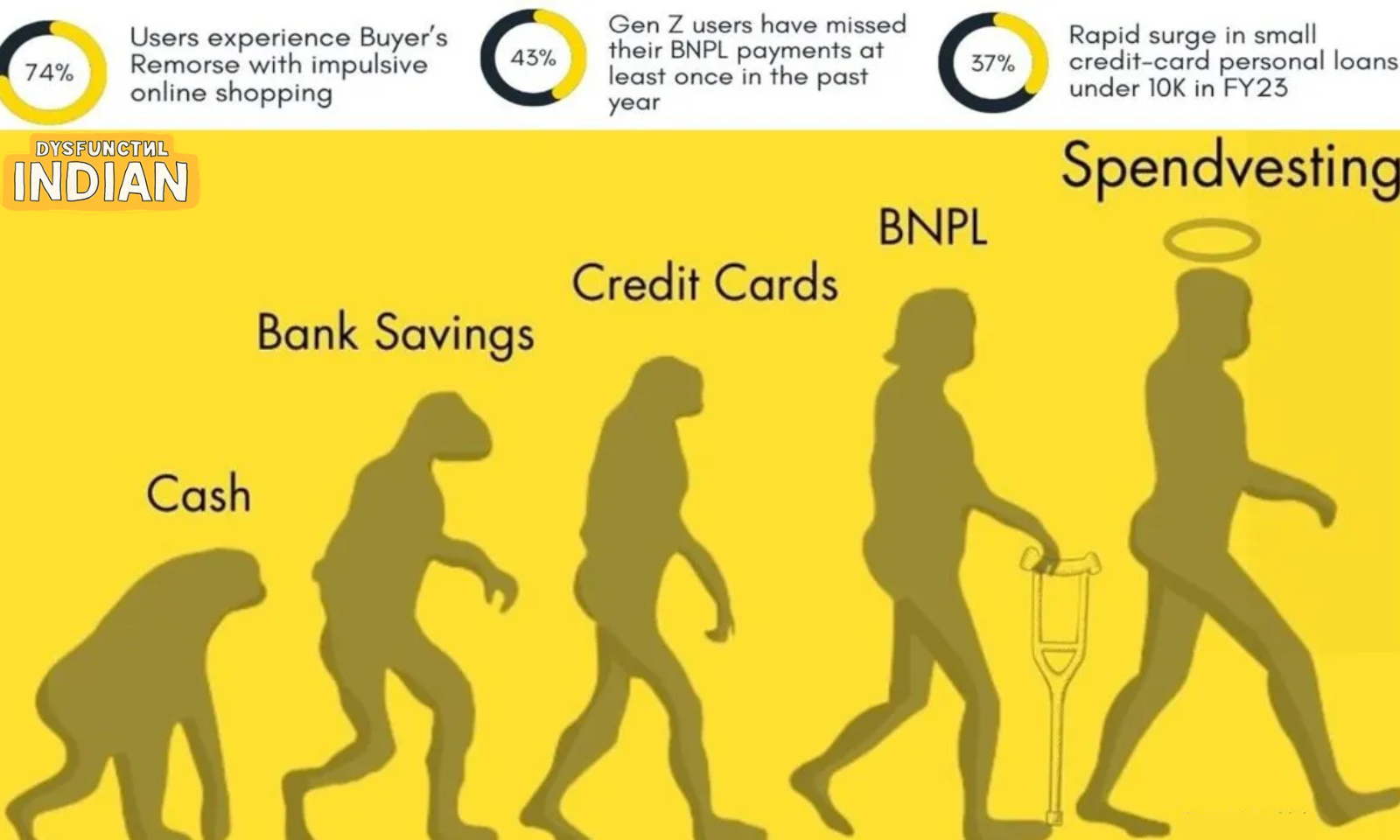Why Road Crashes Are a Silent Epidemic in India, and What Needs to Change
Posted by admin on 2024-09-04 |

Road
crashes aren’t just tragic—they’re the leading cause of unintentional deaths in
India, making up a 43% of such fatalities. And it's not just a statistic—it's a
harsh reality that affects countless lives every day. India's road safety
situation is a ticking time bomb.
Unintentional Injuries: A Deep Dive
The
Ministry of Health’s recent report, launched during the ‘Safety 2024’ World
Conference, paints a grim picture. In 2022 alone, India saw 4,30,504 deaths
from unintentional injuries. Over-speeding tops the list of causes, responsible
for a staggering 75.2% of road fatalities. Other contributors? Driving on the
wrong side (5.8%), and driving under the influence (2.5%).
But
the problem doesn’t stop there. Drowning, falls, poisoning, and burns also
claim thousands of lives each year. And despite ongoing efforts to improve road
safety, the mortality ratio remains disturbingly high, especially in rural
areas, where 67.8% of road traffic incident (RTI) deaths occur.
The Stark Reality of Road Traffic Crashes
National
highways, which make up just 2.1% of India’s total road length, are the
deadliest. They accounted for 45 deaths per 100 km in 2022. What’s worse? The
human cost of these crashes isn't just limited to loss of life. They also set
back India’s GDP by 3.14%, costing the economy about ?5 lakh crore annually.
So,
what’s being done to bend this curve? Nitin Gadkari, India's road transport
minister, has been vocal about the issue, pointing out flaws in how roads are
designed and constructed. Many road projects are based on subpar
reports—Gadkari even criticized some as being ‘made on Google.’ To turn the
tide, there’s talk of auditing these reports, tightening tender norms, and regularly
monitoring road safety during construction.
The
Motor Vehicles Act has introduced tougher norms for violators, and there are
ideas floating around about changing tendering norms and subjecting Detailed
Project Reports (DPRs) to audits. Driver behavior, however, is still the
elephant in the room.
A Call to Action: Building Safer Roads
It's
clear that India’s road safety crisis is a collective responsibility.
Government agencies, the private sector, civil society, and individuals must
all play a part. The Ministry of Health’s report emphasizes that bending the
curve on road crashes requires focusing on road design and construction, driver
behavior, and accident response.
Etienne
Krug from the WHO highlights the need for continued action to prevent road traffic
deaths. He stresses that while progress has been made in building evidence on
what works to prevent these deaths, much more action is needed. The 'Safety
2024' conference aims to build on this momentum by sharing knowledge and
experiences to save lives.
Jagnoor
Jagnoor, head of the Injury Programme at the George Institute of Global Health,
advocates for a shift from just changing human behavior to adopting a
comprehensive safe systems approach. This includes safer roads and vehicles,
with a strong emphasis on protecting the most vulnerable road
users—pedestrians, motorized two-wheeler riders, and cyclists.
The Road Ahead: Collective Responsibility
Road
safety isn’t just a government problem; it's everyone's problem. Local road
transport authorities need to be more rigorous in issuing licenses, and police
need to step up enforcement efforts. It’s time to ditch the 'We are like this
only' attitude.
In
the end, making our roads safer will take a shared commitment from all
stakeholders. Whether it’s better road design, stricter enforcement of traffic
laws, or simply being more aware of the dangers on the road, we all have a role
to play. Let’s make our roads far safer than they are today.









